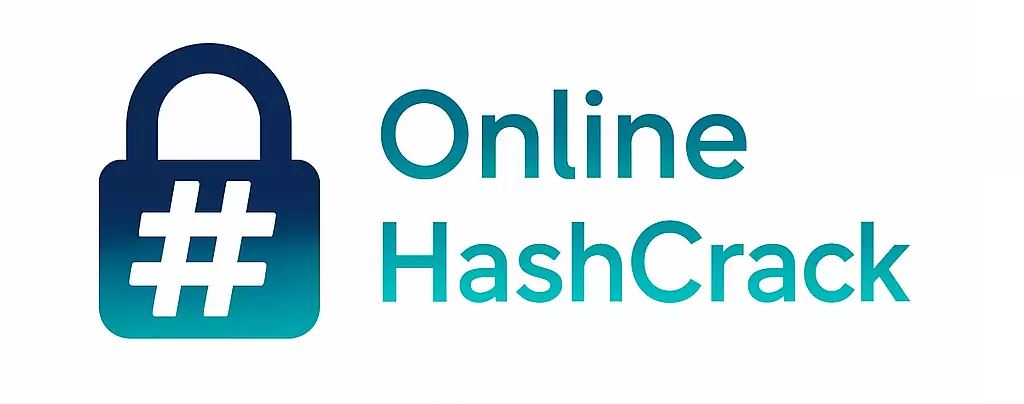Intro
Ransomware attacks are becoming increasingly common and can cause significant damage to businesses of all sizes. In this type of cyber attack, hackers encrypt your data and hold it for ransom, demanding payment in exchange for the decryption key. In this article, we'll explain how to protect your data from ransomware and what to do if you fall victim to an attack.
What Is Ransomware?
Ransomware is a type of cyberattack that involves malicious software that encrypts files on a computer or network and then holds them hostage until the user pays a ransom to get them back..
Ransomware attacks have become increasingly common in recent years due to their effectiveness and ease of implementation for hackers. They are often used for financial gain but can also be used for political or ideological reasons as well.
How Does Ransomware Work?
Ransomware is typically spread via email attachments or malicious links that contain the malware code. Once opened, the ransomware begins encrypting all the files on the computer or network it infects with strong encryption algorithms that make them impossible to access without a key provided by the attacker(s). The attackers then demand payment in exchange for the decryption key needed to unlock the files they have encrypted.
Implement a Robust Backup Strategy
The first step in protecting your data from ransomware is to implement a robust backup strategy. This will ensure that you have a recent copy of your data that you can restore in the event of an attack. Make sure to store your backups on a separate device or in the cloud, and test them regularly to ensure they can be easily restored.
Keep Software and Operating Systems Up to Date
Another important step is to keep your software and operating systems up to date. Ransomware often exploits vulnerabilities in outdated software, so make sure to install updates and patches as soon as they become available. Additionally, you should use an endpoint security solution that can detect and block malicious software.
Be Alert to Phishing Emails and Malicious Attachments
You should also be aware of the common methods that attackers use to deliver ransomware. Phishing emails and malicious attachments are the most common methods of delivery. Educate your employees about the dangers of these types of attacks and teach them how to identify suspicious emails.
Implement Least Privilege Model
Implementing a least privilege model in which each user is assigned the least amount of access necessary to do their job and limit the use of administrative privileges as much as possible will also help you to protect your data from ransomware. This will prevent a hacker from gaining access to sensitive data if they are able to compromise a user account.
Monitor Network for Unusual Activity
Another important step is to monitor your network for any unusual activity. Use a network security solution that can detect and alert you to suspicious activity. This can include abnormal traffic patterns, attempts to access restricted areas of your network, and attempts to download large amounts of data.
What to Do If You Fall Victim to a Ransomware Attack
If you do fall victim to a ransomware attack, it's important to act quickly. Disconnect your computer from the internet to prevent the attacker from encrypting more data. Then, restore your data from a recent backup. If you don't have a recent backup, you may be forced to pay the ransom. However, it's important to note that there is no guarantee that the attacker will actually provide you with the decryption key, and paying the ransom may encourage them to attack other businesses.
Additional Measures to Consider
In addition to the above steps, you should also consider using a reputable antivirus software and a firewall to block unauthorized access to your network. It is also recommended to have an incident response plan that includes reporting the incident to the relevant authorities, hiring a professional for recovery, and conducting a post-incident review to evaluate the effectiveness of the incident response plan and identify areas for improvement.
To Conclude
Protecting your data from ransomware requires a multi-layered approach. By implementing a robust backup strategy, keeping your software and operating systems up to date, educating your employees about the dangers of phishing emails and malicious attachments, implementing a least privilege model, monitoring your network for unusual activity, and acting quickly in the event of an attack, you can minimize the risk of falling victim to a ransomware attack. Additionally, using additional measures such as antivirus software and firewalls can further enhance the security of your data.

